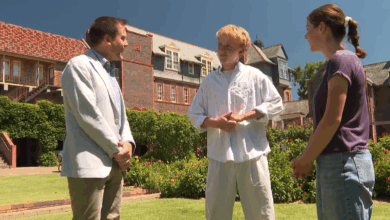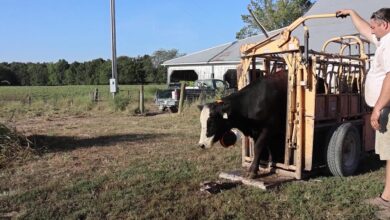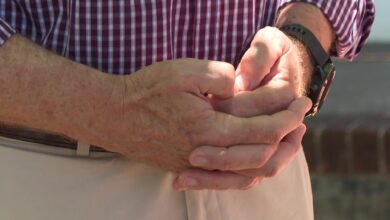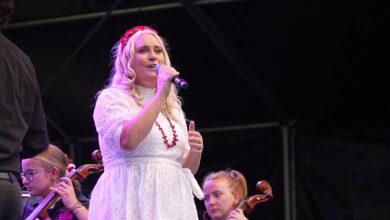North West News
OLIVE FACTORY LATEST DROUGHT VICTIM

The owners of the New England Olive Processors plant that shut down at Inverell will offer the facility’s equipment for sale online.
The closure has been blamed on poor sales and a lack of olives due to the drought.
text will be replaced




